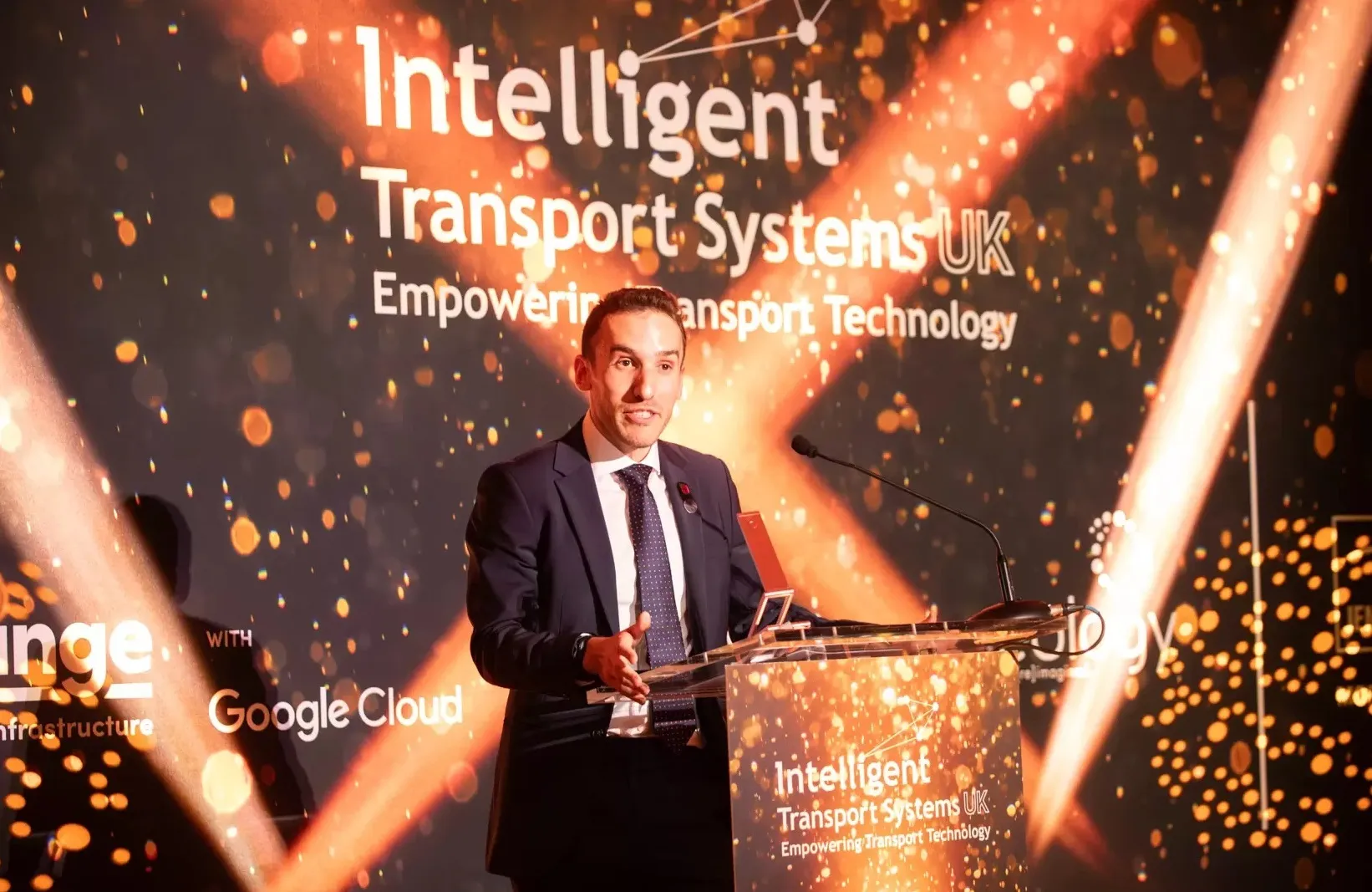So what is needed to reach the ITS industry’s vision for the future of transportation? Here, Randy Hanson, executive vice president and chief operating officer of IRD charts a course. The theme of the 2012 Annual Meeting is ‘a future we can afford’. How can ITS technology create a future that transport agencies can afford?The primary direction in which ITS technology must continue to evolve is in support of the ubiquitous and real time distribution of data, information and recommendations to all road users
May 21, 2012
Read time: 3 mins

So what is needed to reach the ITS industry’s vision for the future of transportation? Here, Randy Hanson, executive vice president and chief operating officer of 857 IRD charts a course
Q1: The theme of the 2012 Annual Meeting is ‘a future we can afford’. How can ITS technology create a future that transport agencies can afford?
A1: The primary direction in which ITS technology must continue to evolve is in support of the ubiquitous and real time distribution of data, information and recommendations to all road users to optimize effective use of our transportation networks. Allowing users of our transportation infrastructure to change departure time, take alternate routes or to select a parking spot that minimizes travel times is paramount to ensure that our transportation system can cost effectively meet users’ needs. ITS technology is moving in this direction. However, until we start to see mass deployment of vehicle to vehicle and vehicle to road side systems, optimum use of the transportation network will not be achieved. ITS technology needs to continue to develop and in this regard support from transportation and research agencies to advance these types of technologies will be key to the affordability of our transportation system. Furthermore, the use of automated policing to improve roadway safety and reduce damage to our transportation network from larger and longer commercial vehicles will be an important aspect that should also be pursued.
Q2: What does the ITS industry need from public sector agencies to make this happen?
A2: Continued support for demonstration projects and deployment of new and novel transportation data collection and distribution systems – this is the primary contribution that public sector agencies can provide. Public agencies should be continuously evaluating what they are doing with respect to operation of transportation systems. Support for the automation of as many functions as possible will help to optimize the use of our limited infrastructure.
Q3: Can you foresee a time when agencies work together to integrate discrete vehicle tolling, monitoring, registration, weight control and enforcement?
A3: Yes we can. However, this will require direction from public sector transportation visionaries who can lead the evolution of integrated solutions that meet the needs of all. Stronger leadership and greater courage are required from our public sector in order to support such initiatives and ensure we optimize the use of technology in an integrated and optimum manner.
Q4: Is there a route already mapped out for getting to this road safety and security utopia?
A4: Not at this time. I think we are starting to see some of the pieces of the puzzle come together and there are some visionaries who are starting to talk about possible solutions, but we have a long way to go. As an industry and a nation we face major challenges, including funding shortfalls for construction of additional infrastructure, lack of funds to maintain what we already have, logistics challenges with resultant changes to commercial transportation and pressures to protect our environment and reduce greenhouse gas emissions. Given these many and varied challenges, the automated transportation system of the future cannot come fast enough.
Q1: The theme of the 2012 Annual Meeting is ‘a future we can afford’. How can ITS technology create a future that transport agencies can afford?
A1: The primary direction in which ITS technology must continue to evolve is in support of the ubiquitous and real time distribution of data, information and recommendations to all road users to optimize effective use of our transportation networks. Allowing users of our transportation infrastructure to change departure time, take alternate routes or to select a parking spot that minimizes travel times is paramount to ensure that our transportation system can cost effectively meet users’ needs. ITS technology is moving in this direction. However, until we start to see mass deployment of vehicle to vehicle and vehicle to road side systems, optimum use of the transportation network will not be achieved. ITS technology needs to continue to develop and in this regard support from transportation and research agencies to advance these types of technologies will be key to the affordability of our transportation system. Furthermore, the use of automated policing to improve roadway safety and reduce damage to our transportation network from larger and longer commercial vehicles will be an important aspect that should also be pursued.
Q2: What does the ITS industry need from public sector agencies to make this happen?
A2: Continued support for demonstration projects and deployment of new and novel transportation data collection and distribution systems – this is the primary contribution that public sector agencies can provide. Public agencies should be continuously evaluating what they are doing with respect to operation of transportation systems. Support for the automation of as many functions as possible will help to optimize the use of our limited infrastructure.
Q3: Can you foresee a time when agencies work together to integrate discrete vehicle tolling, monitoring, registration, weight control and enforcement?
A3: Yes we can. However, this will require direction from public sector transportation visionaries who can lead the evolution of integrated solutions that meet the needs of all. Stronger leadership and greater courage are required from our public sector in order to support such initiatives and ensure we optimize the use of technology in an integrated and optimum manner.
Q4: Is there a route already mapped out for getting to this road safety and security utopia?
A4: Not at this time. I think we are starting to see some of the pieces of the puzzle come together and there are some visionaries who are starting to talk about possible solutions, but we have a long way to go. As an industry and a nation we face major challenges, including funding shortfalls for construction of additional infrastructure, lack of funds to maintain what we already have, logistics challenges with resultant changes to commercial transportation and pressures to protect our environment and reduce greenhouse gas emissions. Given these many and varied challenges, the automated transportation system of the future cannot come fast enough.










